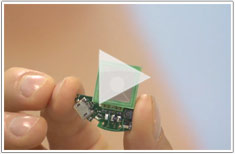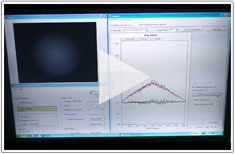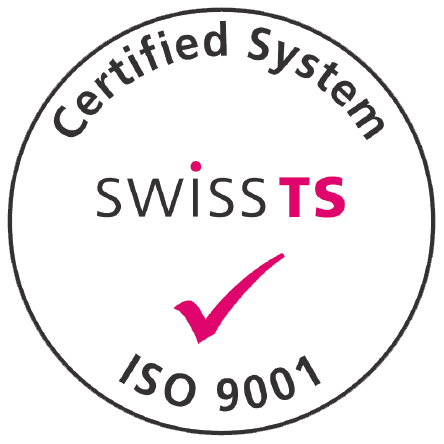|
Within a height of less than 1mm, electroactive polymers are used to bring a polymer diffuser into resonant oscillation with e.g. 400µm travel at several 100 Hz. This electrostatic principle is very power-efficient, completely silent and free of vibrations, an ideal choice for hand-held devices. |
|
 |
The following table summarizes the main specifications of currently available laser speckle reducers:
|
|
|
|
|||||
| Specifications |  |
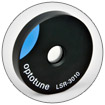 |
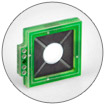 |
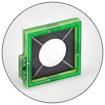 |
||||
|
Product description |
Scientific standard | Scientific standard | OEM standard | OEM standard | ||||
|
Size (Ø or L x H) |
41mm x 8.8mm |
48mm x 8.8mm |
17mm x 3.8mm |
22mm x 3.8mm | ||||
|
Clear aperture |
5mm |
10mm |
5mm |
10mm | ||||
|
Oscillation frequency |
300Hz |
180Hz |
300Hz |
180Hz | ||||
|
Oscillation amplitude |
300um |
400um |
300um |
400um | ||||
| Electronics | Integrated, CE certified | Integrated, CE certified | Optional, not certified | Optional, not certified | ||||
| Recommended documentation |
 Datasheet Datasheet |
 Datasheet Datasheet |
 Datasheet Datasheet |
 Datasheet Datasheet |
Applications
Optotune's laser speckle reducer is the ideal choice for application in:
|
|
Results
| The following figure shows typical images of the speckle contrast measured on a reference setup with and without LSR. The colored lines show the cut planes that correspond to the intensity plot. |
|
 |
Videos
|
The benefits of the Laser Speckle Reducer explained at Photonics West 2012 |
Speckle reduction effect demonstrated with a red laser (650nm, 5mm beam diameter) |







